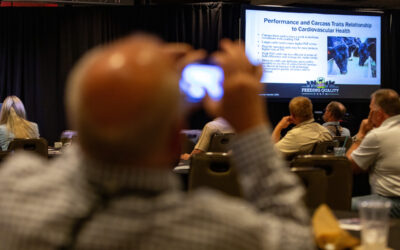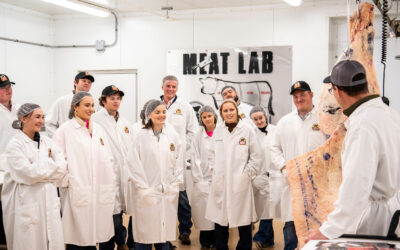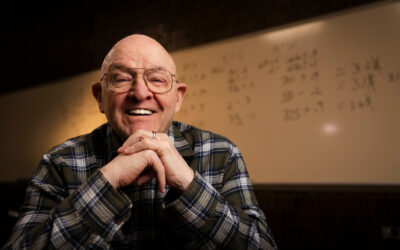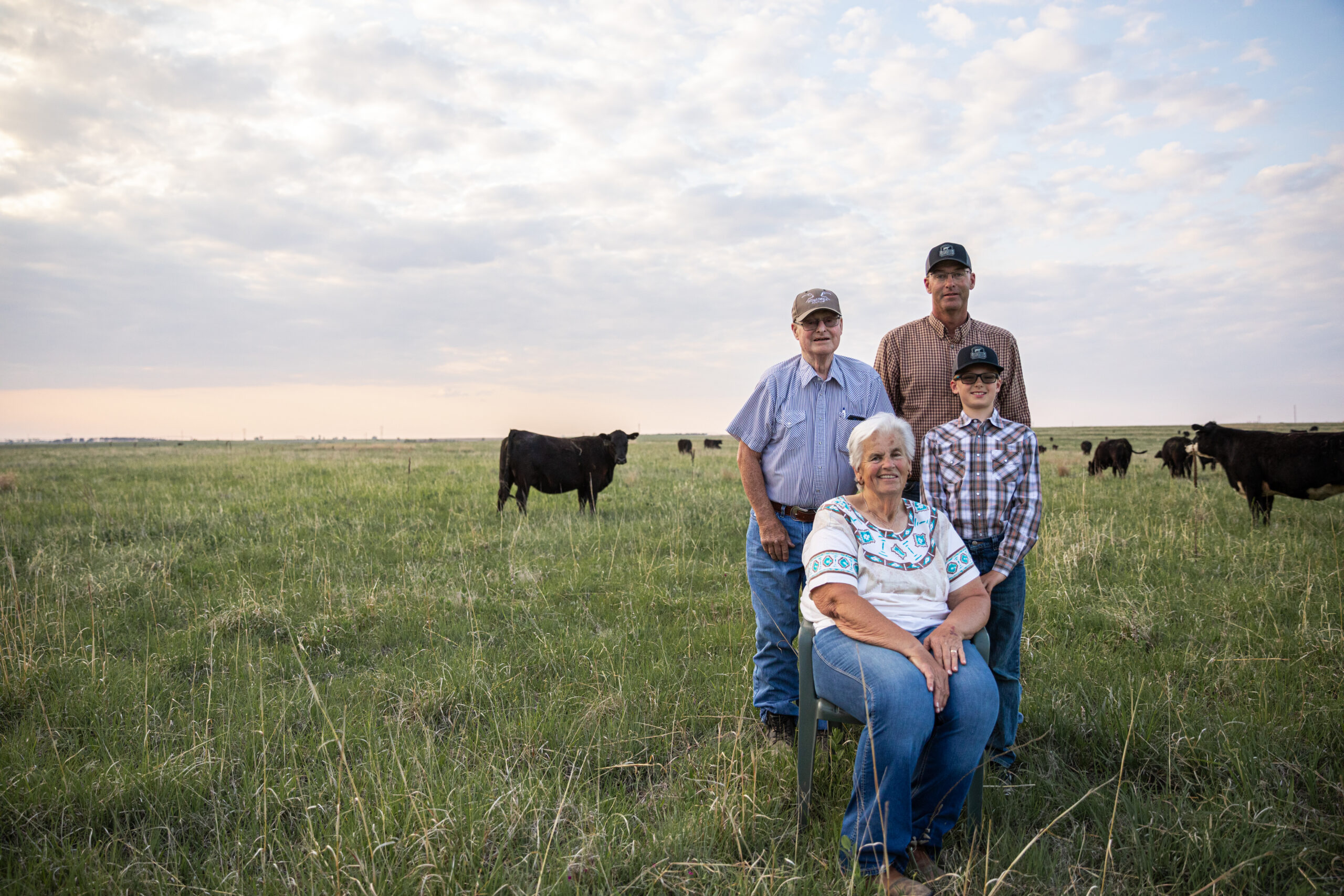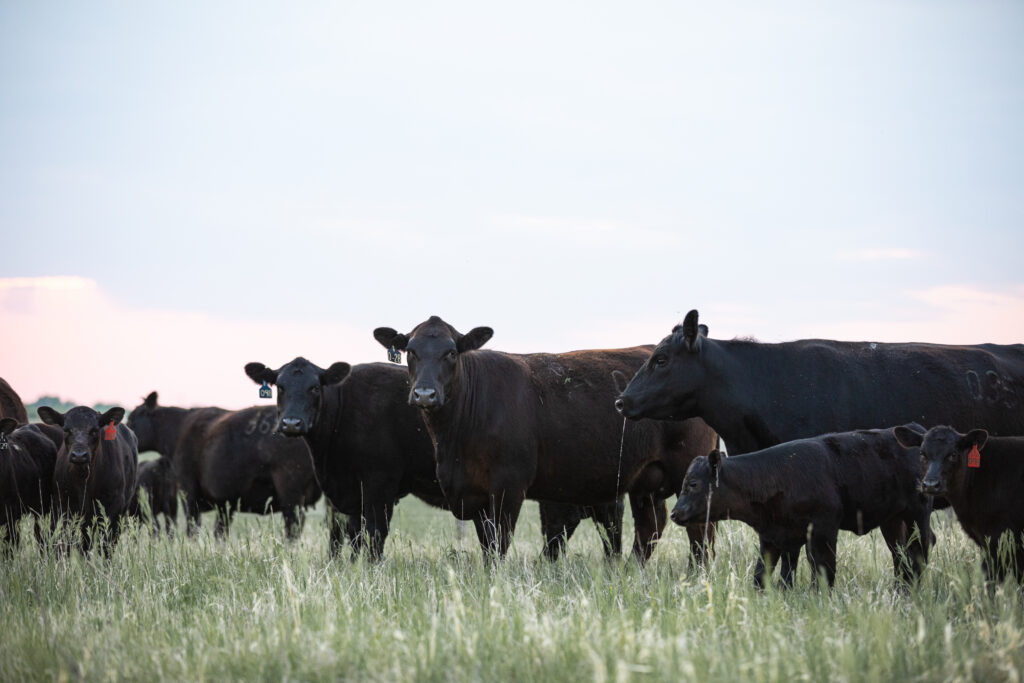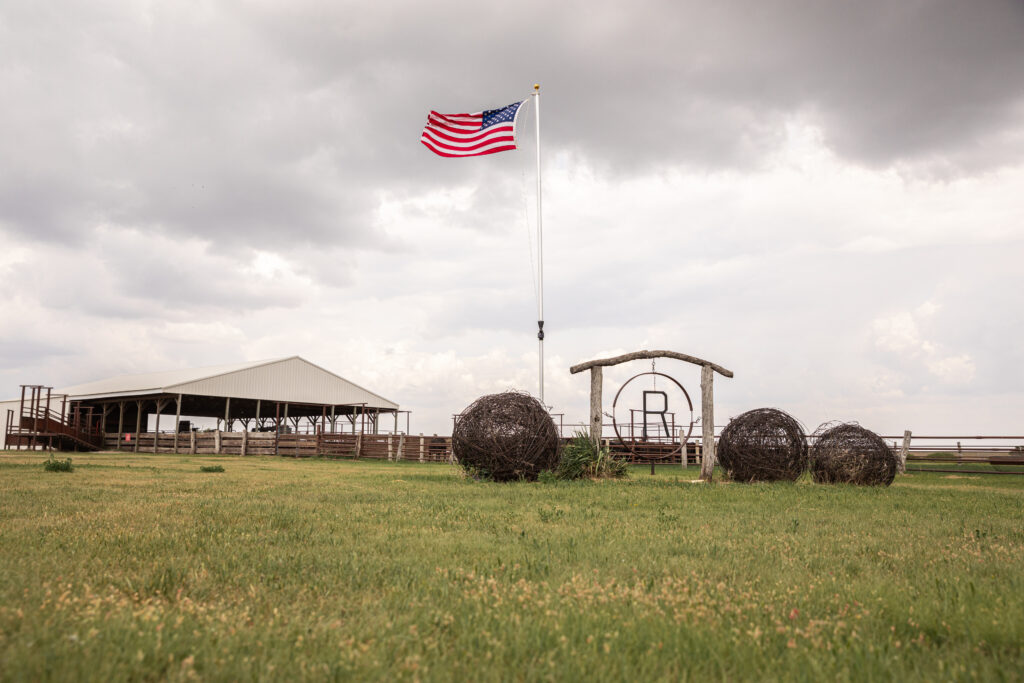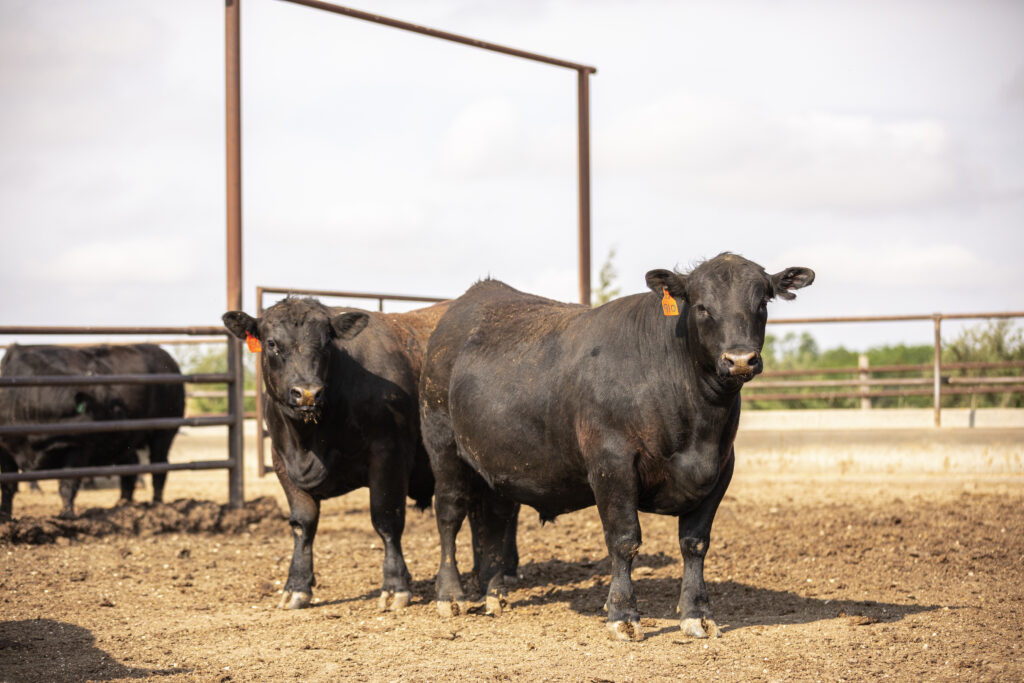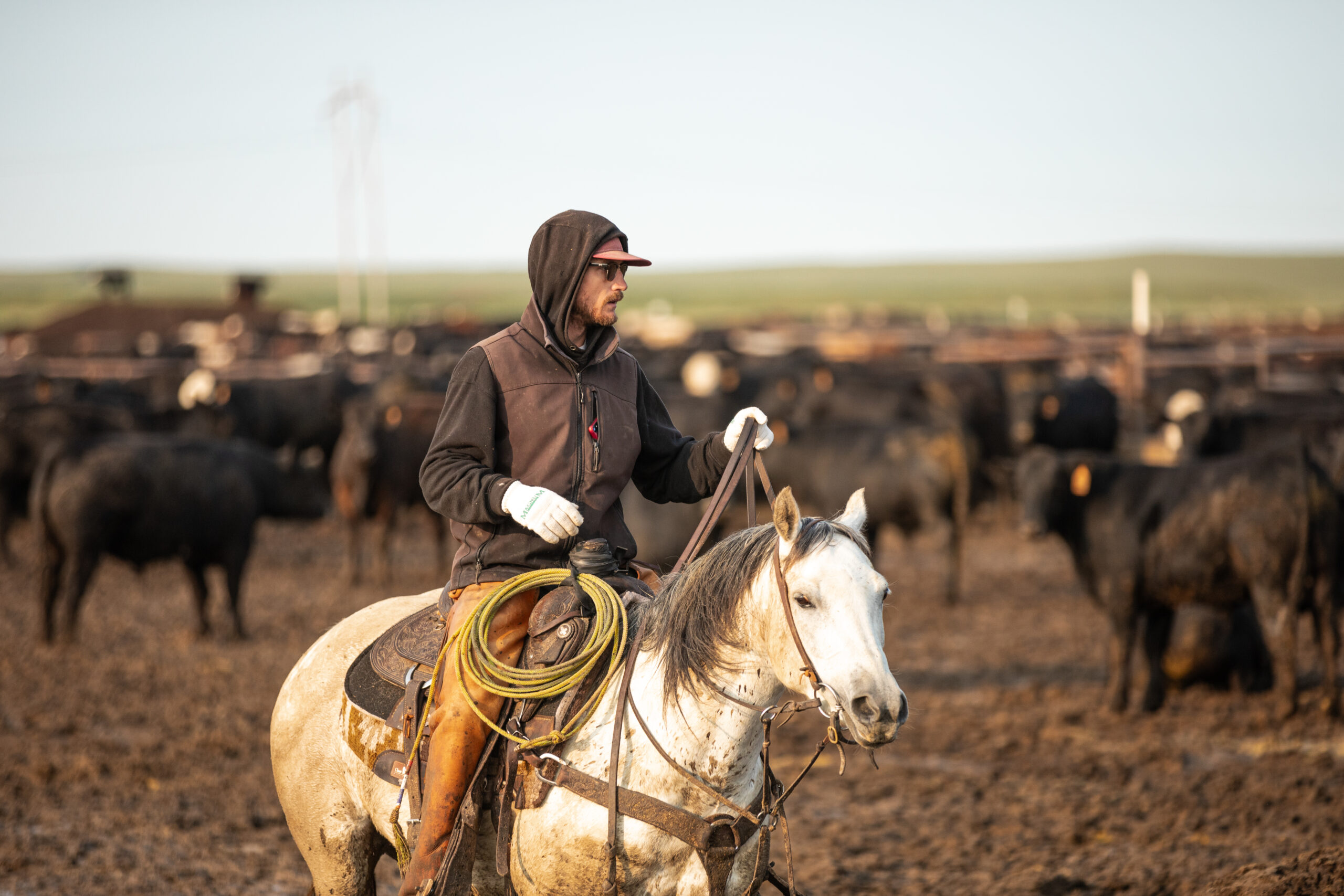
Customer First Mentality
Connealy Angus recognized by Certified Angus Beef for commitment to excellence.
by Morgan Boecker
September 2024
When potential buyers fill the Connealy Angus sale barn, they’re not just there for the genetics but the customer service guarantee.
The Connealys could easily go unnoticed if not for their customers. Their remote location paired with their quiet demeanor doesn’t draw attention, but their character does.
“Your reputation is paramount,” Jerry says. “You can’t cut corners, you can’t be shortsighted.” Not if you want repeat customers, the family’s measure of success.
For getting that and a lot more right, Connealy Angus was recognized with the 2024 Certified Angus Beef Seedstock Commitment to Excellence award at the brand’s Annual Conference in September.
A Place to Thrive
In one of the toughest economic times for the cattle business, Jerry and his new bride Sharon moved back to his family’s ranch.
“We’ve gone from survival mode in the ’80s to making the right decisions so we can pass this on to the next generation and our customers,” Jerry says. “We’re now in a place where everybody can, not just survive, but thrive and make the land and everything we touch better.”
Sharon, once a city girl, now manages accounting, payroll, data entry, purebred registry and sale catalog creation for two annual Angus bull sales.
Three of four children work full-time at the ranch.
Oldest son Jed’s passion for merchandising spurred the creation of Connealy Marketing. He works with commercial customers daily to buy or place feeder calves with feedyards, and offers artificial insemination (AI) services for their herd and customers. His wife Jais is the ranch veterinarian.
Jed passes performance and carcass information back to Jerry and youngest son Gabriel, who followed his father’s footsteps in caring for the cattle and an interest in genetics. His wife Becca is a nurse, but also actively assists with sale prep, event coordination, data entry and customer gifts.
Daughter Hannah’s primary role is managing social media, data entry, event planning and Connealy Angus Meat Market. She also helps when an extra hand is needed moving cows or processing cattle.
“The kids returning home has been key to our ability to grow and to meet customer needs on a more personal level,” Sharon says.

Simple Strategy
Angus have roamed Connealy pastures since 1961 when Jerry’s dad first unloaded them there.
“Now, I look at my counterparts who have other breeds and wonder how they overcome their obstacles and compete against the Angus cow,” Jerry says.
His ideal cow is the one he doesn’t notice. It’s the female that calves unassisted, raises a big calf and gets bred at the same time every year.
Preparing for breeding season, Jerry and Gabriel compare strengths and weaknesses of their chosen sires. Sharon exports custom reports from Angus Information Management Software comparing expected progeny differences (EPDs) and phenotypic scores. They also ask: What’s changing in the marketplace and what direction do the cattle need to go?
“Not to sound too simplistic, but it all comes down to our commercial bull customer,” Jerry says. “What traits each bull brings to the table that are ultimately going to make our commercial customers profitable.”
Rather than positioning the herd as maternal or terminal, “we think we can do both within the same line of cattle,” Gabriel says.
They pay attention to each of the EPDs and indexes offered through the American Angus Association® but evaluate some more than others. Their first focus is on the maternal side through calving ease direct (CED); then they look at growth via yearling weight. Finally, pressure is applied to the carcass through marbling, ribeye area and carcass weight.
They also DNA test each calf for an added measure of trust, Gabriel says.
Each animal gets an electronic identification (EID) tag for quick and accurate records. Using available technology allows them to make faster progress and avoid mistakes, Jerry says. It’s an imperative investment as the cost of doing business rises.

Customers First
“For our customers’ calves to ultimately be profitable, they need to ring the bells and whistles that bring back greater bonuses by performing at a higher level to get off the commodity list and into premium territory,” Jerry says.
Through Connealy Marketing, Jed acts as broker to place groups of calves that match a feeder’s goals. His relationship with feedyards allows him to share information with his family and their customers to make informed management decisions.
“There’s undeniable pull-through demand for cattle genetically geared to make Certified Angus Beef,” Jed says. “They demand a premium. If that premium’s on the feeder cattle side, that guy sees it and he can take that premium and reinvest it to get even better.”
M & M Feeders, Lexington, Neb., fills a lot of pens with Connealy genetics because co-owner and manager Daron Huyser knows what to expect.
“They put more energy into intramuscular fat [marbling] than external backfat, so we don’t get discounted for yield grade fours and fives,” Huyser says. Consistently, truckloads average 50 percent CAB and $100 per head premiums.
Knowing there’s a higher chance to earn a payback drives confidence to make improvements at the ranch. If it was Connealy genetics that got them there, the same customers will be back the next time they need bulls or replacement females.
Passing It On
Even as the cattle business continues to evolve, they’re evolving, too. Through genetics, using the available tools and technology and managing the cattle well, their product keeps getting better and better.
But their kindness and character remain why their reputation precedes them.
“How you define success isn’t necessarily in your checkbook,” Jerry says. Success is moving the industry forward, going to bed at night knowing you did the right thing and providing a service that keeps your customers in business.
You may also like
Better Cattle Bring Opportunity
Cattle keep getting better, but that doesn’t mean producers should slow down progress. That’s what attendees took home from the 2025 Feeding Quality Forum. It’s call to action for the entire beef industry. Better cattle, yet new and old challenges for each segment.
Future Beef Leaders Receive $100,000
The Colvin Scholarship Fund awarded 27 students a combined $100,000 for their pursuit of innovation, growth and leadership in the beef industry. Each recipient is actively pursuing a career in production agriculture, industry research or other agricultural endeavors. With their aspirations for success in the beef business, they are continuing the legacy of Certified Angus Beef’s (CAB) co-founder and long-time executive director, Louis “Mick” Colvin.
Purpose Follows Passion
A chance opportunity. A change in career direction. And meat science was changed forever. Dr. Gary Smith originally had no plans to become a meat scientist. But thank goodness he did.

